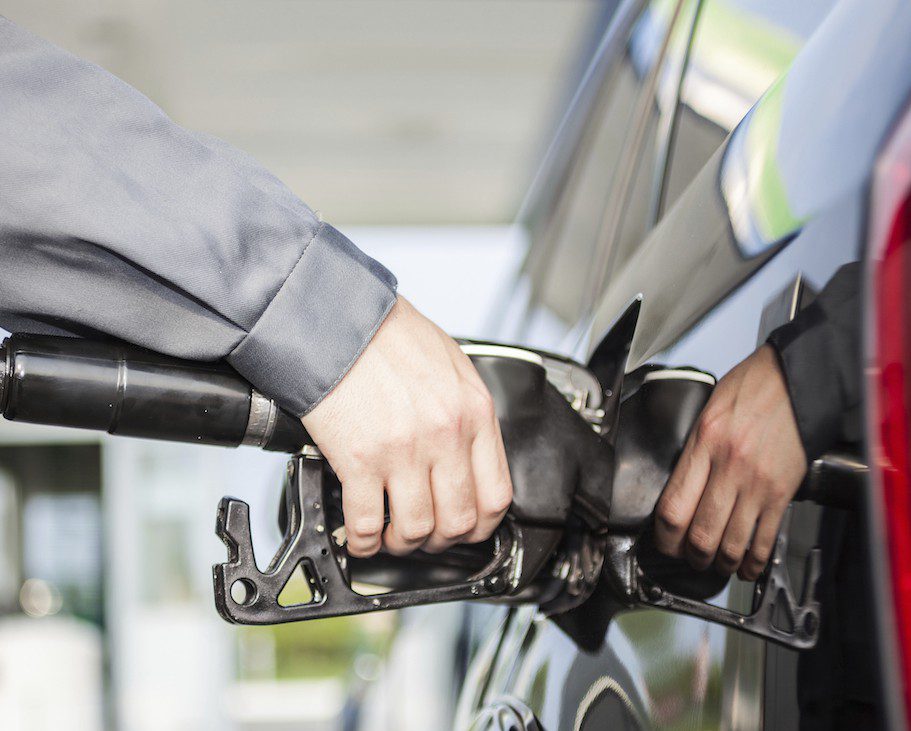
The price of gasoline on Monday morning was up 2.1 cents compared with last week’s national average pump price for a gallon of regular gasoline. Compared with the same day last year, prices are 58.8 cents a gallon higher.
Analysts at GasBuddy expect a gallon of regular gasoline to rise between 35 and 75 cents a gallon, reaching a peak in May. The increase results from two primary causes: U.S. refineries are beginning their spring maintenance and turnaround season, which reduces production precisely at the time that demand begins to increase, and the refineries will soon begin to produce a more expensive summer blend to comply with clean air standards.
The wide differential between last year’s price at this time and this year’s current price is due to reduced production from OPEC and some non-OPEC producers as they try to push up the price of crude. The price of crude is about $13 a barrel higher today than it was a year ago, and that is reflected in the pump price of gasoline.
GasBuddy expects prices to rise very soon above $3 a gallon in many large cities. Los Angeles; New York; Chicago; Washington, D.C.; and Seattle are the top candidates.
Dan McTeague, senior petroleum analyst at GasBuddy, said:
While I remain optimistic this year will not bring a ‘running of the bulls,’ we’re likely to see some major increases at the gas pump as the seasonal transition and refinery maintenance get underway. Overall, most areas will see peak prices under $3 per gallon, and while that’s far under prices a few years ago, watching prices surge every spring certainly brings heartburn with it. If we were to add the 5-year average increase we see during the spring, the national average would be thrust to $2.85 per gallon around Memorial Day, a 59 cent rise from the $2.26 per gallon observed February 9.
The five states where pump prices rose the most between mid-February and Memorial Day last year were Michigan (up 95 cents per gallon), Ohio (92 cents), Illinois (92 cents), Indiana (90 cents) and Wisconsin (86 cents). GasBuddy also warns that volatility may be greater in the Great Lakes and West Coast areas, where outages in the past have caused pump prices to spike at this time of year.
U.S. commercial crude oil inventories jumped 9.9 million barrels last week, according to data released late Tuesday by the American Petroleum Institute. The U.S. Energy Information Administration is expected to report a crude oil inventory increase of around 3.2 million barrels Wednesday morning. Sharp inventory increases in the past several weeks are a typical indicator that refinery demand is weakening as maintenance begins.
West Texas Intermediate crude oil for March delivery traded down about 0.7% Wednesday morning at $52.83 a barrel.
Is Your Money Earning the Best Possible Rate? (Sponsor)
Let’s face it: If your money is just sitting in a checking account, you’re losing value every single day. With most checking accounts offering little to no interest, the cash you worked so hard to save is gradually being eroded by inflation.
However, by moving that money into a high-yield savings account, you can put your cash to work, growing steadily with little to no effort on your part. In just a few clicks, you can set up a high-yield savings account and start earning interest immediately.
There are plenty of reputable banks and online platforms that offer competitive rates, and many of them come with zero fees and no minimum balance requirements. Click here to see if you’re earning the best possible rate on your money!
Thank you for reading! Have some feedback for us?
Contact the 24/7 Wall St. editorial team.



